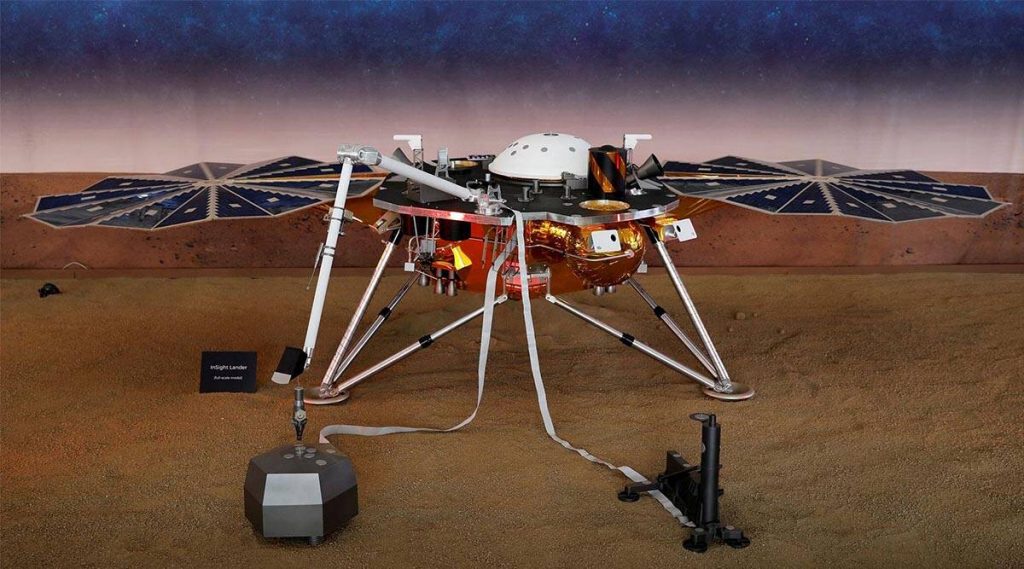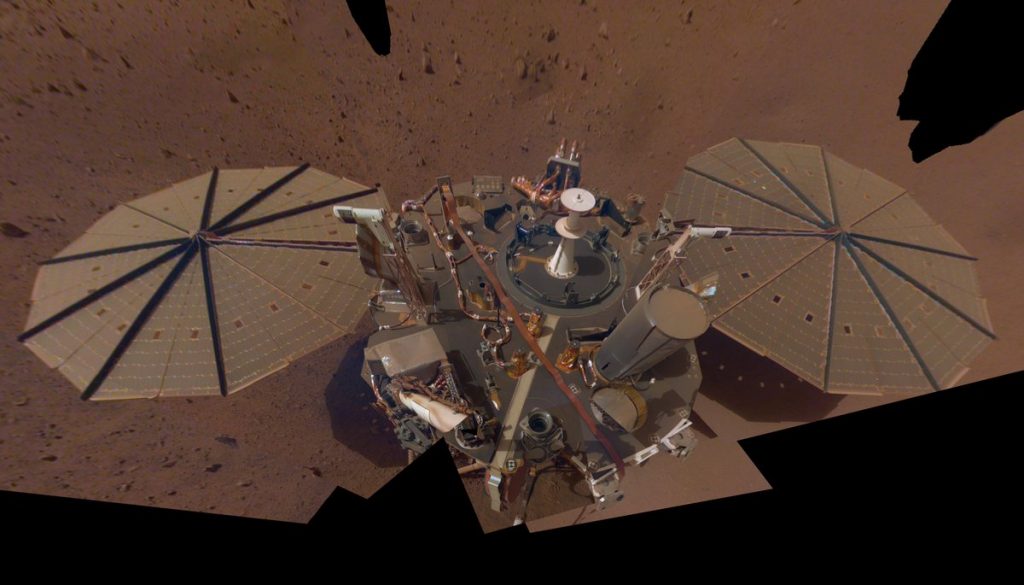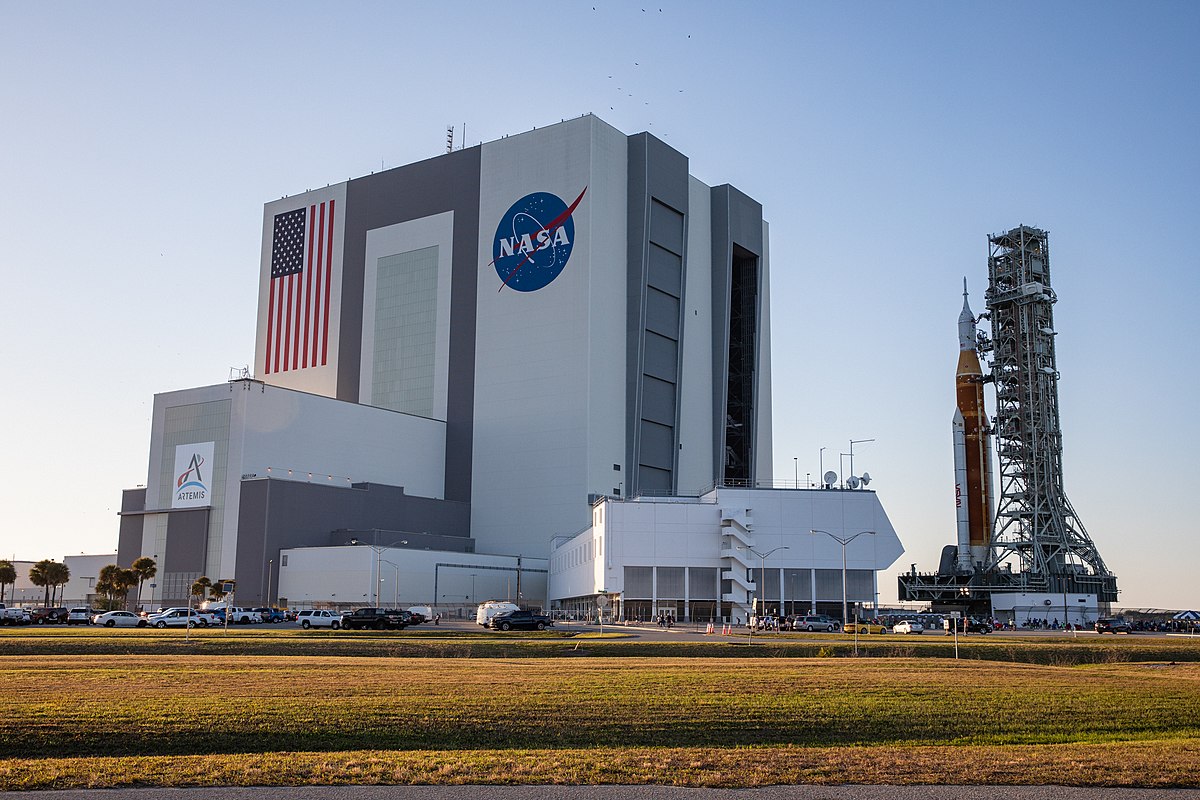InSight’s mission, which has helped reveal the internal structure of Mars and its seismic activity, originally was planned for two years but was extended to four. When the power runs out, NASA will lose contact with InSight.

The InSight lander, perched on the surface of Mars since 2018, will run out of power and stop operations within four to eight weeks, NASA said on Thursday, even as scientists detailed a big meteorite strike it detected that gouged boulder-sized chunks of ice surprisingly close to the planet’s equator.
Dust has been accumulating on solar panels that draw power for the U.S. space agency’s stationary lander, exacerbated by a dust storm, and has been depleting its batteries, planetary geophysicist Bruce Banerdt of NASA’s Jet Propulsion Laboratory, InSight mission’s principal investigator, told a briefing.
InSight’s mission, which has helped reveal the internal structure of Mars and its seismic activity, originally was planned for two years but was extended to four. When the power runs out, NASA will lose contact with InSight, Banerdt said.
“InSight has been successful beyond my expectations,” Banerdt told Reuters. “We have determined the thickness of the crust, the size and density of the core, and details of the structure of the mantle. For the first time we have a detailed global map of the deep interior of another planet – other than the Earth and moon.”
InSight also established that Mars is seismically active, detecting 1,318 marsquakes.

Two research papers published in the journal Science detailed meteorite strikes on the Martian surface detected by InSight in September and December of last year. Seismic waves triggered by the impacts revealed fresh details about the structure of the Martian crust, the planet’s outer layer.
“What an awesome capstone science result to end on – literally going out with a bang,” Lori Glaze, director of NASA’s Planetary Science Division, told reporters.
Of particular interest was a space rock with a diameter estimated at 16-39 feet (5-12 meters) that crashed last Dec. 24 in a region called Amazonis Planitia, carving a crater about 490 feet (150 meters) wide and 70 feet (21 meters) deep.
It caused a magnitude 4 quake detected by InSight’s seismometer instrument, while cameras aboard the Mars Reconnaissance Orbiter observed the crater from space. Boulder-sized blocks of ice were seen strewn around the crater’s rim.
Objects that large enter Earth’s atmosphere about once a year but generally burn up in our planet’s thicker atmosphere.
“A whole lot of water ice was exposed by this impact,” Brown University planetary scientist Ingrid Daubar, part of the InSight science team, told the briefing. “This was surprising because this is the warmest spot on Mars, the closest to the equator we’ve ever seen water ice.”
Glaze said that while ice is known to exist near the Martian poles future human exploration missions would aim to put astronauts as close to the equator as possible for warmer conditions. Ice near the equator could provide resources such as drinking water and rocket propellant.

